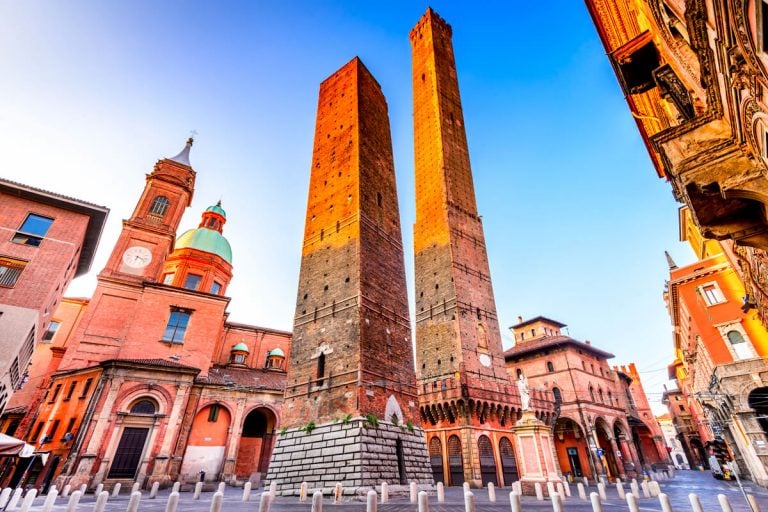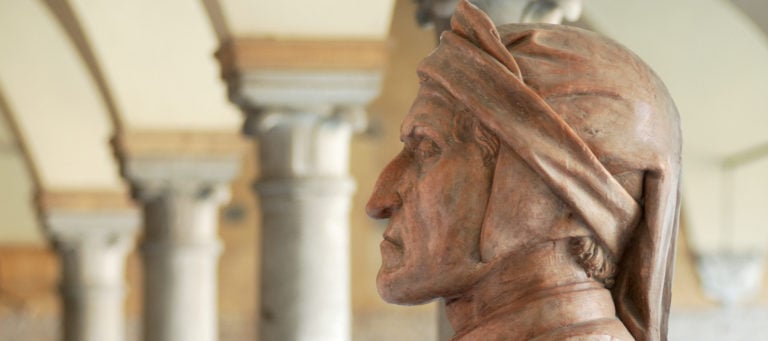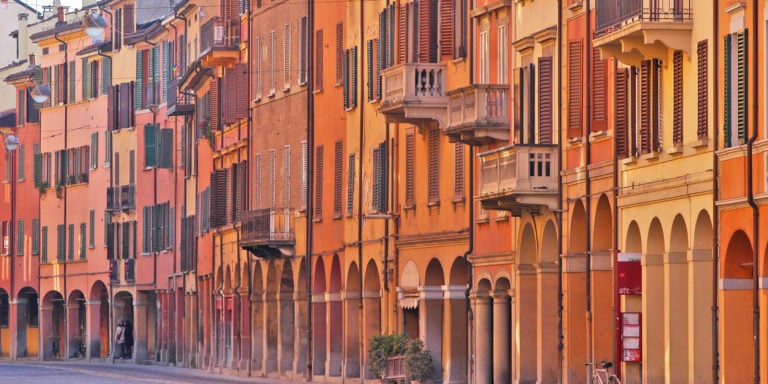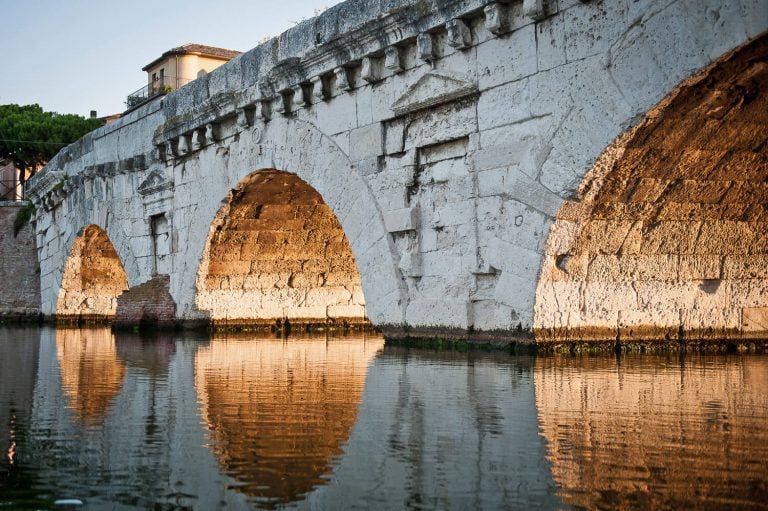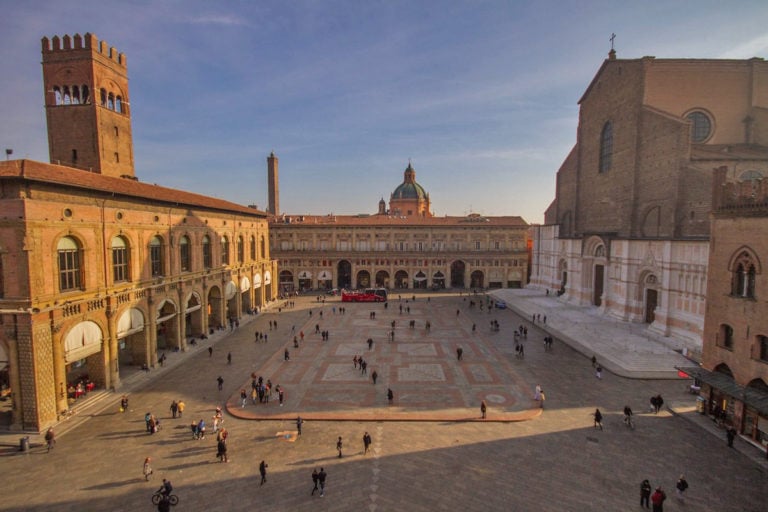Beyond the typical tourist itineraries, Emilia-Romagna is a land rich in surprises and possible suggestions that are hard to describe if not experienced first-hand and seen with your own eyes.
You don’t need to pay a ticket to see beauty, sometimes a piece of advice from a friend or a local who knows the territory and truly loves it are enough, and they certainly don’t stretch out at the first request for help.
In this case, if you haven’t much money but you just don’t want to give up visiting our region, read this article, because this mini-guide is what you need.
Ravenna and Basilica of San Francesco
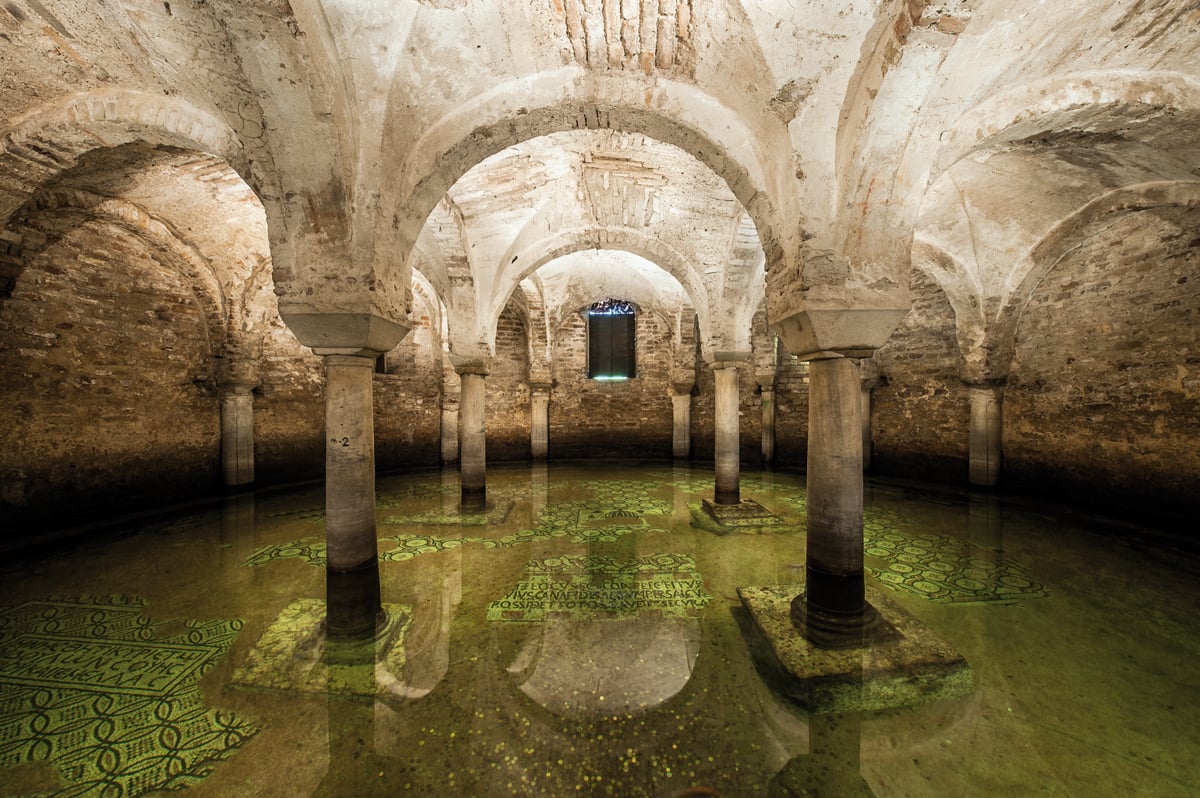
The centre of Ravenna hides many treasures. One of them is the Basilica of San Francesco. In the 14th century, it was one of the favourite places of the Supreme Poet Dante Alighieri.
Enter inside the basilica. Admission is free. There is a surprise for you under the high altar .
You can see the amazing submerged crypt with just a €1-fee. It is a work of art suspended in time, decorated with an ancient mosaic floor completely underwater, and the water level rises and lowers according to rain.
A little advice! Sharp your eyes: you will see a number of goldfish happily swims.
Take a picture from above in Piazza Maggiore, Bologna
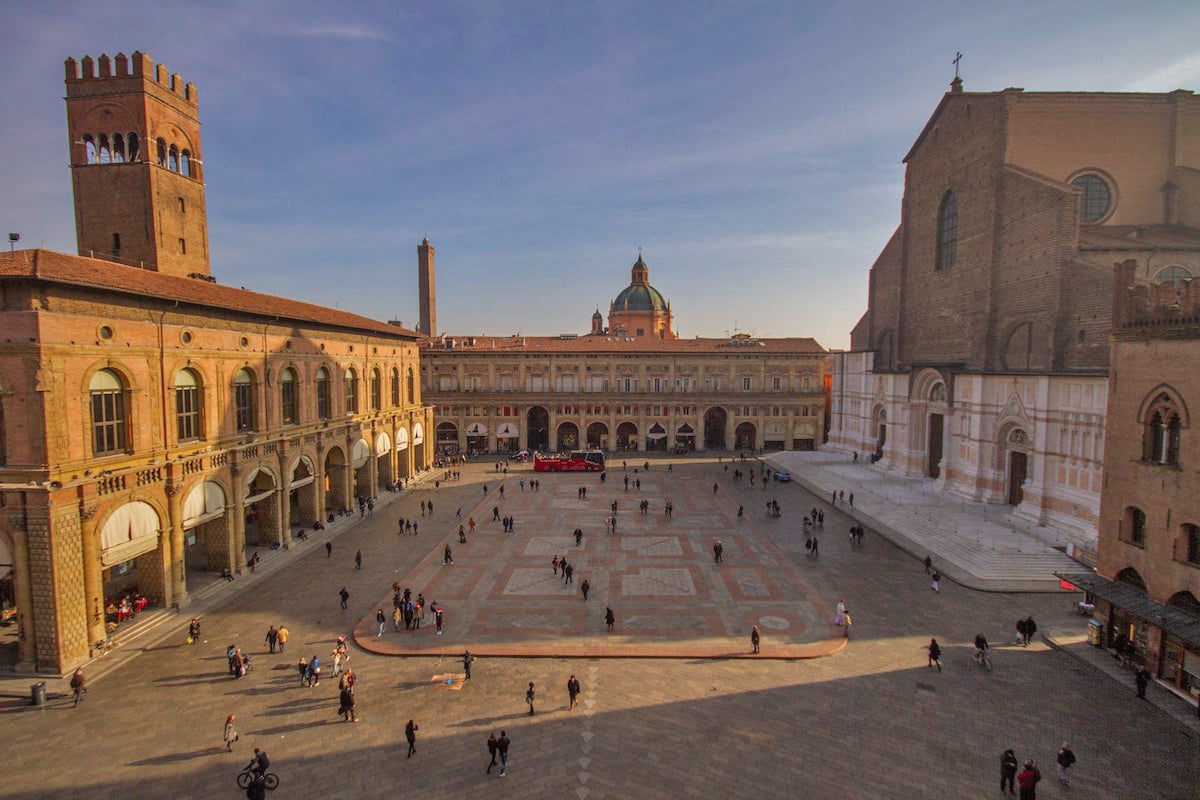
Beating the heart of Bologna, Piazza Maggiore is a gigantic square surrounded by some of the buildings that made the history of this old medieval town.
There is Basilica of San Petronio with its unfinished façade, Palazzo Dei Banchi, Palazzo Dei Notai, and Palazzo d’Accursio, the headquarters of the Municipality.
If you go to the last floor of Palazzo d’Accursio, you can enjoy a unique view of Piazza Maggiore.
In Tresigallo, suspended above shapes and dreams
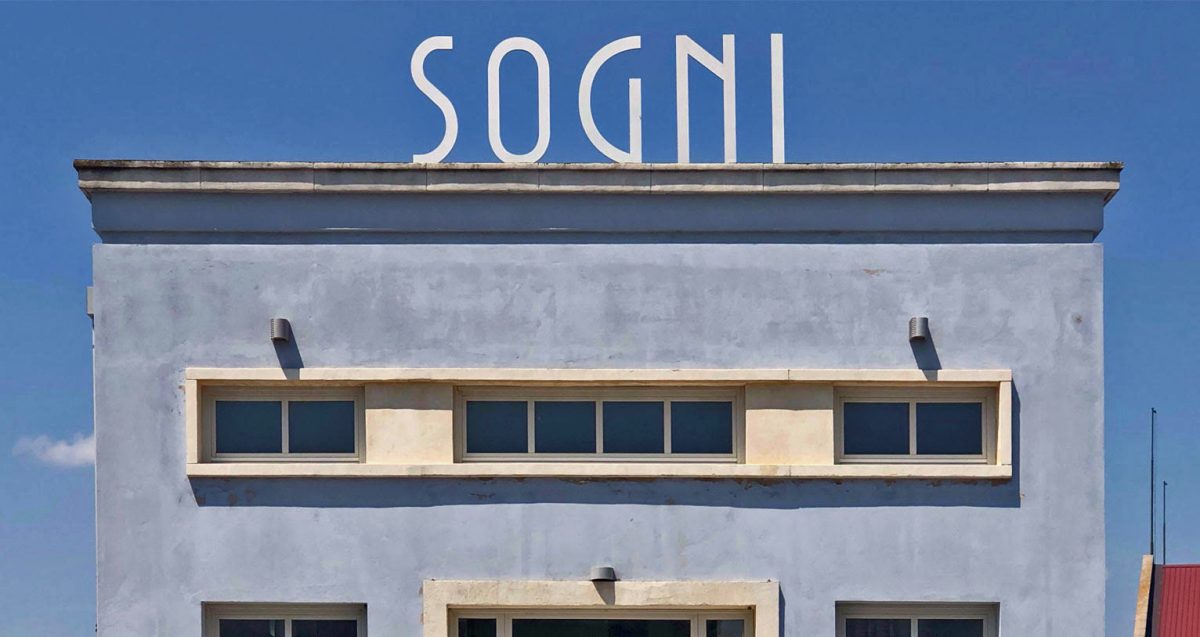
You almost feel to be in a painting of Giorgio de Chirico, when walking along the streets of Tresigallo, a little city near Ferrara, refounded towards the end of the 1920s.
This place, where the autumn and winter fogs reign supreme, and where the thin air runs in the open air, reveals itself to be a striking example of perfectly preserved Italian rationalism architecture.
There is a square in the form of a ‘D’, the church, and the portico adorned with bass reliefs, imposing buildings with its symmetrical façades tower above the city’s crossroads, and much more…
In Rimini, the Roman history is at hand
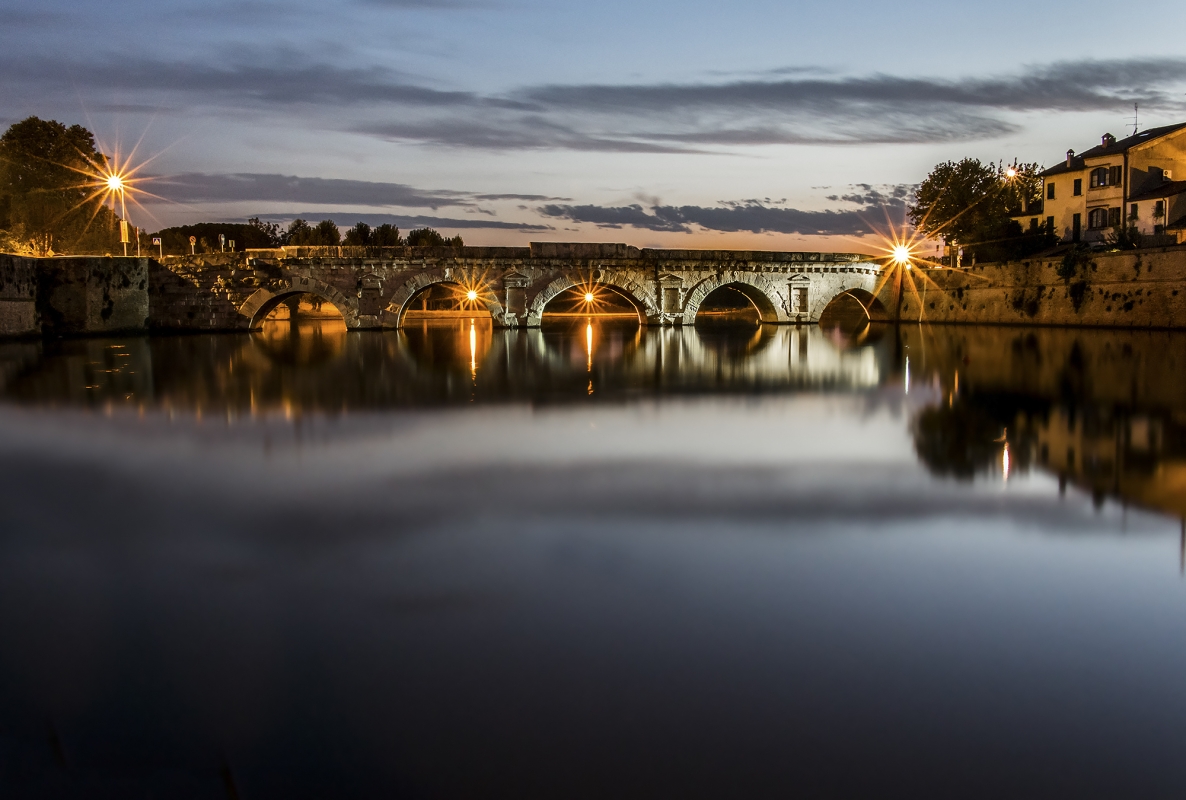
It almost feels like touching the history with your own hands when you stop in the big area of Piazza sull’Acqua in Rimini.
You sit here and you lose yourself in the body of water of that ancient reservoir of the Marecchia river, framed by the suggestive outline of the Bridge of Tiberius, one of the most remarkable still extant Roman bridges.
The white marble meets the green colours of the park and the blue of the sky and of the water, and it’s an even more unique spectacle in the evening, when, between a stroll and a chat, you stop – even for just a moment – and enjoy all that beauty.
In Ferrara, in the Garden of the Finzi-Continis
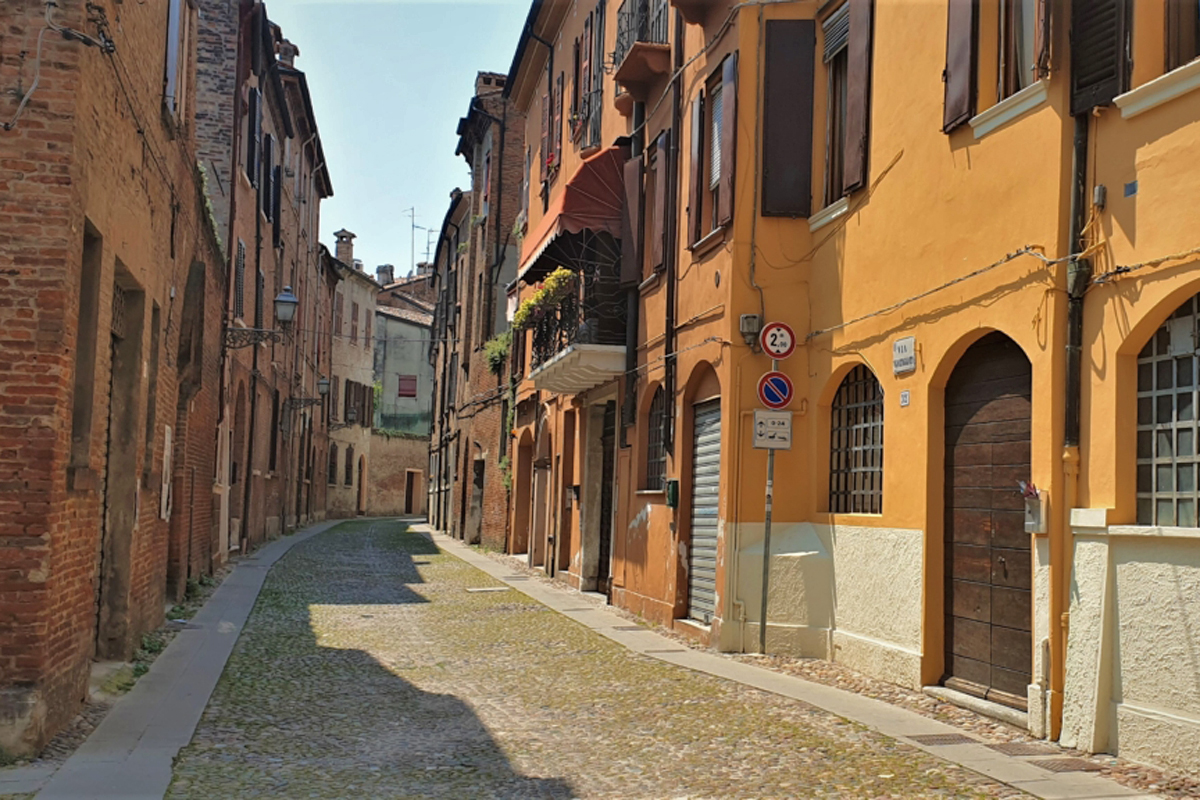
We are in the heart of Ferrara, specifically in the ghetto of what was one of the oldest Jewish communities in Italy. This area of the city was their neighborhood from 1627 until the Unification of the country.
We are located close to the the Walls of Ferrara, behind the monumental Certosa. In this part of the city characterized by much greenery and fruit trees stands the charming Jewish cemetery, still in use today.
Here the great writer Giorgio Bassani, in his literary reinvention, placed the grave of the Finzi-Contini family in his famous Novel (The Garden of the Finzi-Continis).
The air is soaked in history, tradition, and memories. Just ring the bell of the keeper’s house and go inside, with respect and spirituality.
Author

Davide Marino
Davide Marino was born archaeologist but ended up doing other things. Rational – but not methodic, slow – but passionate. A young enthusiast with grey hair
You may also like
10 good reasons to come in Emilia Romagna
by Davide Marino /// February 22, 2018
Dante’s Ravenna: the most famous places of the city in 11 stages
by Davide Marino /// September 7, 2018

Interested in our newsletter?
Every first of the month, an email (in Italian) with selected contents and upcoming events.
